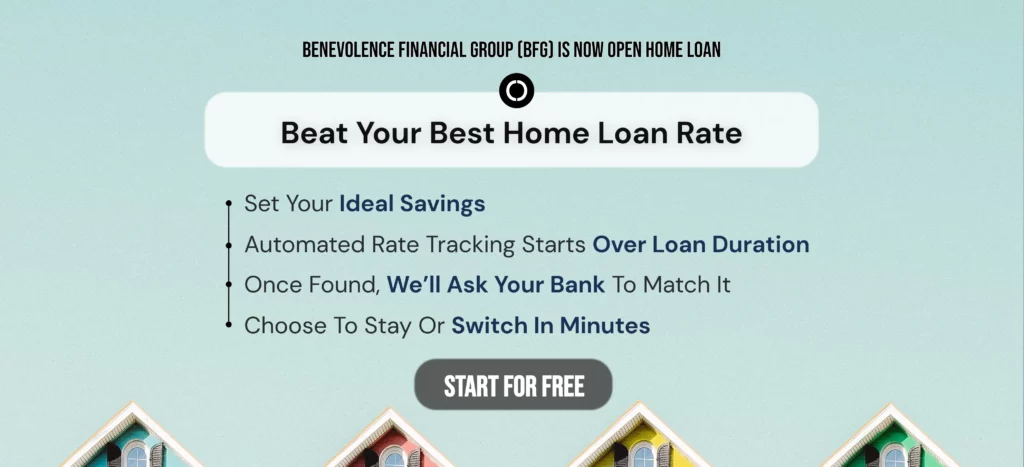Traditional proof of income, such as W-2 forms or pay stubs, is a common requirement when applying for a home loan. However, for self-employed individuals with unconventional income streams, providing traditional proof of income may not be possible. The good news is that it is still possible to obtain a self-employed home loan even without traditional proof of income. In this article, we’ll explore alternative methods that can help self-employed individuals navigate the loan application process and achieve their homeownership goals.
- Bank Statements and Cash Flow Analysis:
When traditional proof of income is unavailable, lenders may consider bank statements and conduct a thorough cash flow analysis. They will review your bank statements to assess the inflow and outflow of funds and evaluate the overall financial health of your business. A consistent and healthy cash flow can demonstrate your ability to manage your finances and repay the loan.
- Profit and Loss Statements:
Profit and loss statements (P&L) are essential documents for self-employed individuals. They provide an overview of your business’s financial performance, showcasing your revenue, expenses, and net income. Lenders may request P&L statements for the past few years to assess the stability and profitability of your business.
- Alternative Credit Options:
If you cannot provide traditional proof of income, alternative credit options may come into play. Lenders may consider your credit history, credit score, and other factors that demonstrate your financial responsibility. They may analyze your payment history, credit utilization, and overall creditworthiness to assess your ability to manage debt.
- Working with Specialized Lenders:
Specialized lenders who understand the complexities of self-employment can be invaluable resources. They have experience working with self-employed individuals and may have specific loan programs tailored to their unique needs. These lenders have a deeper understanding of unconventional income streams and can evaluate your financial situation holistically.
- Larger Down Payment or Asset-Based Financing:
Increasing your down payment or exploring asset-based financing options can also help in obtaining a self-employed home loan without traditional proof of income. A larger down payment reduces the loan-to-value ratio, which may mitigate some of the lender’s concerns about income verification. Alternatively, asset-based financing options utilize the value of your assets, such as real estate holdings or investment portfolios, to secure the loan.

